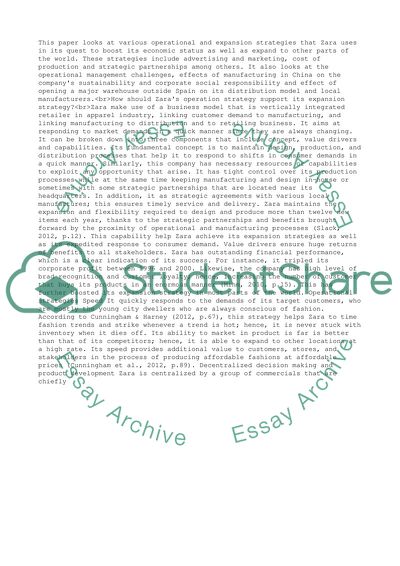Cite this document
(“Zaras Retailer Company Essay Example | Topics and Well Written Essays - 2000 words”, n.d.)
Zaras Retailer Company Essay Example | Topics and Well Written Essays - 2000 words. Retrieved from https://studentshare.org/management/1497452-zaras-retailer-company
Zaras Retailer Company Essay Example | Topics and Well Written Essays - 2000 words. Retrieved from https://studentshare.org/management/1497452-zaras-retailer-company
(Zaras Retailer Company Essay Example | Topics and Well Written Essays - 2000 Words)
Zaras Retailer Company Essay Example | Topics and Well Written Essays - 2000 Words. https://studentshare.org/management/1497452-zaras-retailer-company.
Zaras Retailer Company Essay Example | Topics and Well Written Essays - 2000 Words. https://studentshare.org/management/1497452-zaras-retailer-company.
“Zaras Retailer Company Essay Example | Topics and Well Written Essays - 2000 Words”, n.d. https://studentshare.org/management/1497452-zaras-retailer-company.


